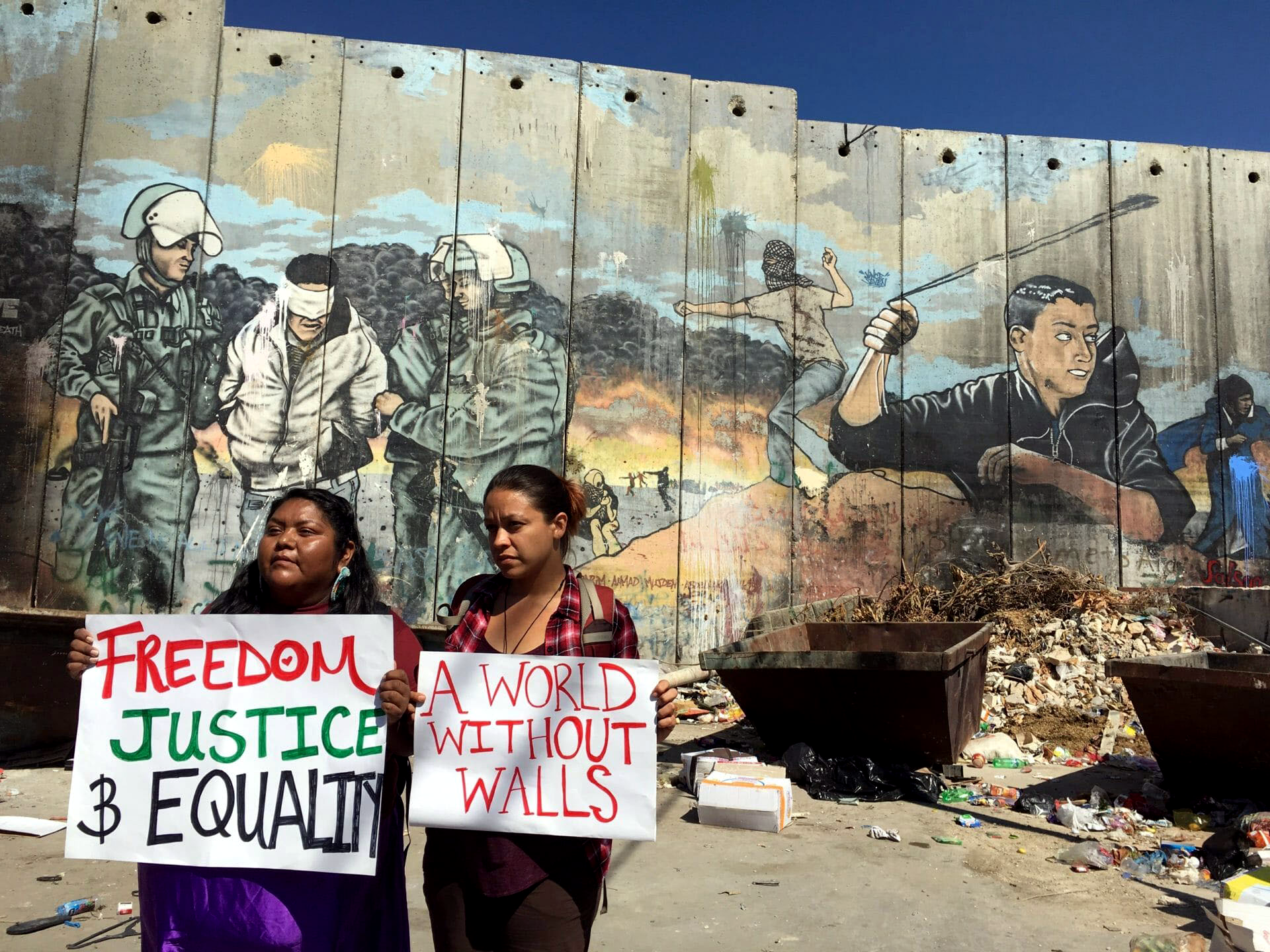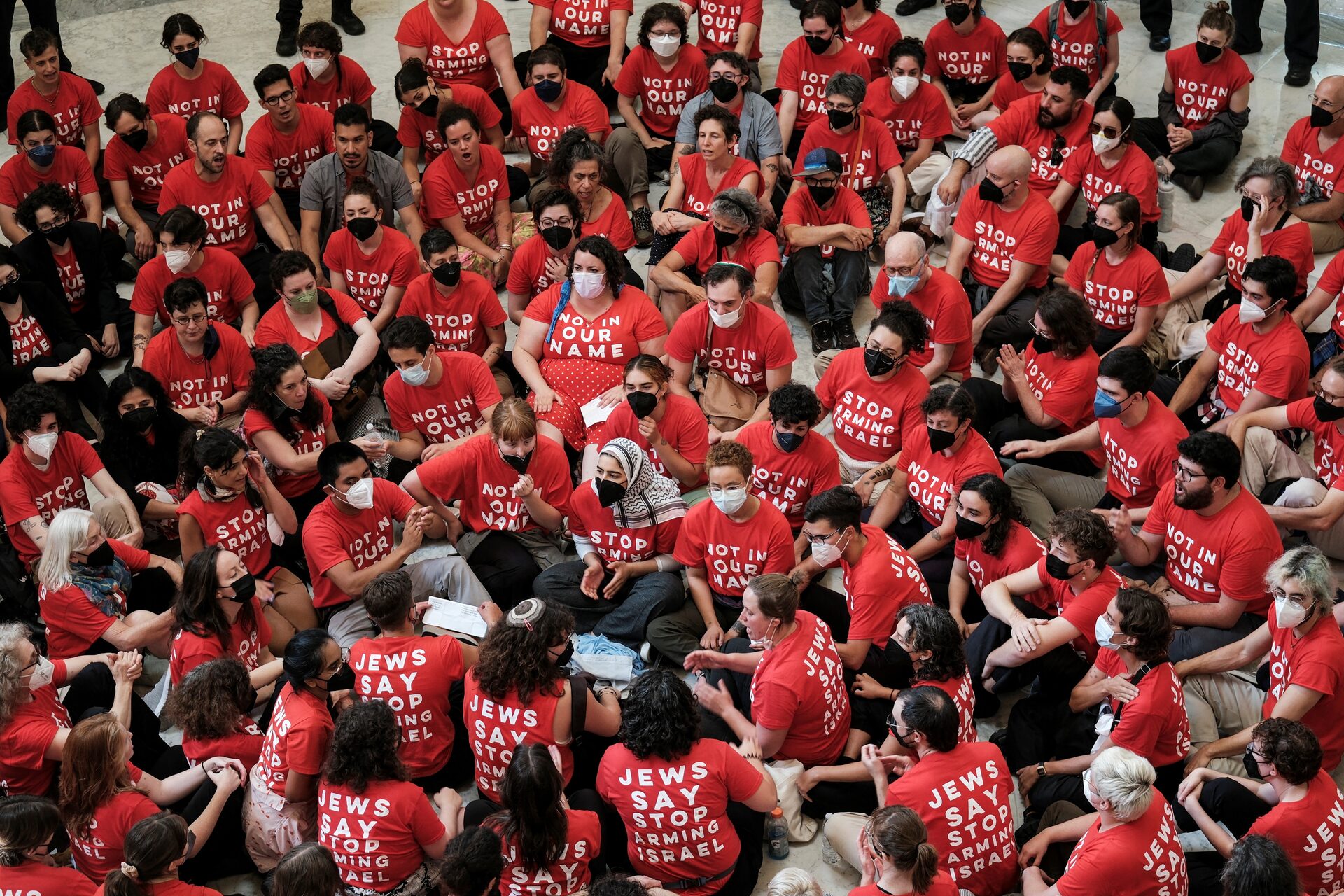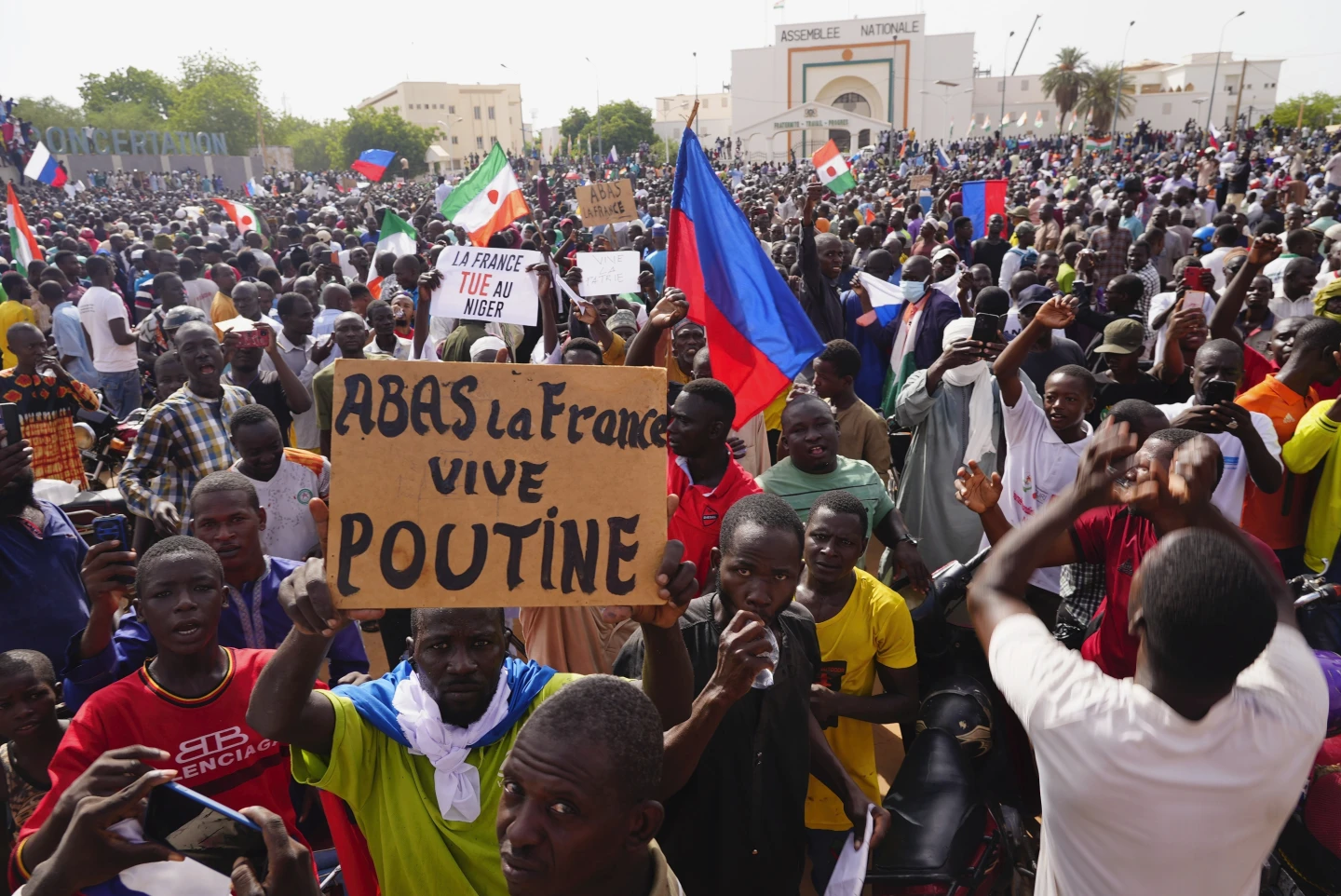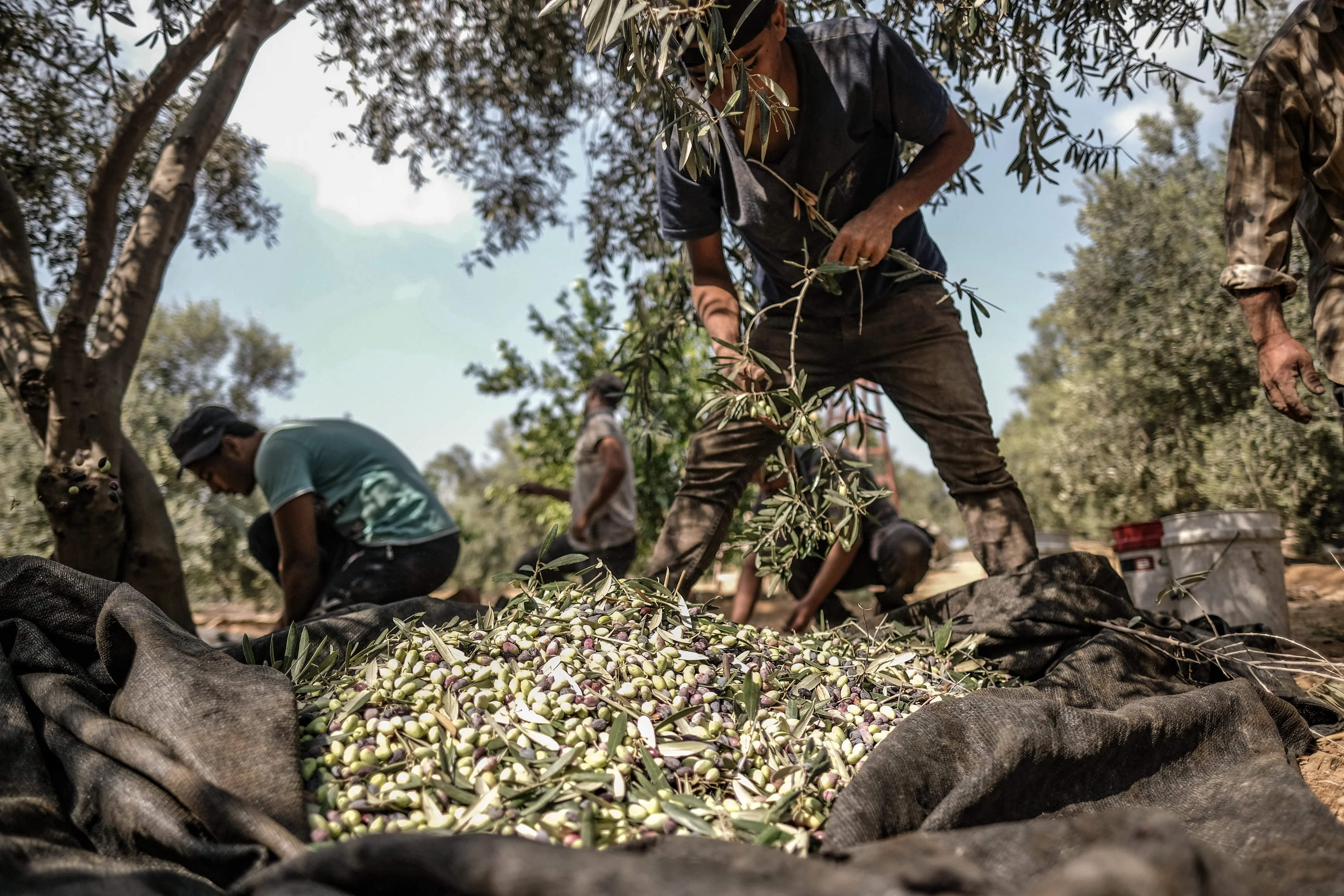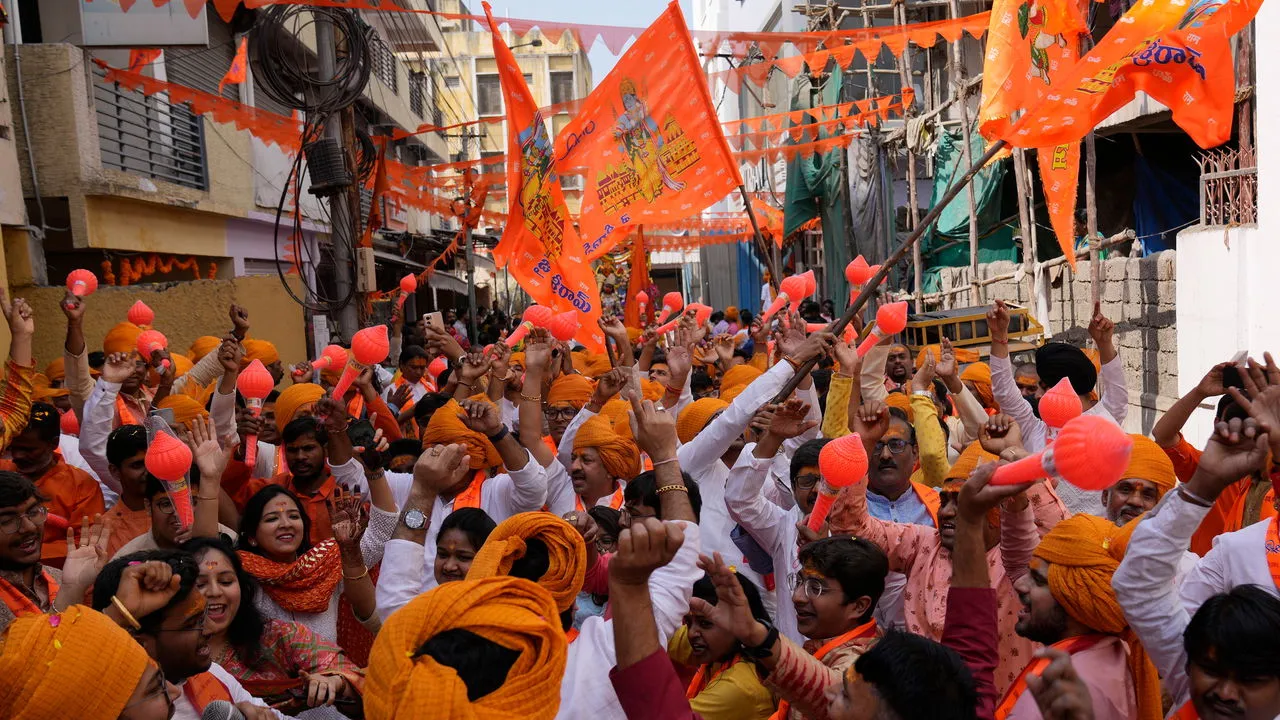A History of Harvard Protests
Harvard wants you to believe that the only way to create change within the University is by standing down and asking politely. In reality, nothing could be further from the truth. Throughout this issue, read about successful campaigns waged by student protestors via disruptive action.

1969: Students mobilized in response to Harvard’s extensive military ties to the Vietnam War. Students for a Democratic Society (SDS) and the Harvard-Radcliffe Association for African and Afro-American Students demanded that the University abolish its contractual ties to ROTC. The latter group also championed a demand for the establishment of an Afro-American Studies department. In 1969, hundreds of Harvard students staged a multi-day occupation of University Hall to force University President Pusey to listen to their demands. Instead, Pusey sent 400 police officers into the building, where they brutalized, injured, and arrested protestors. Students launched a 2,000-person strike to protest, and soon after, the University agreed to curtail its ROTC program and create a Black Studies department.
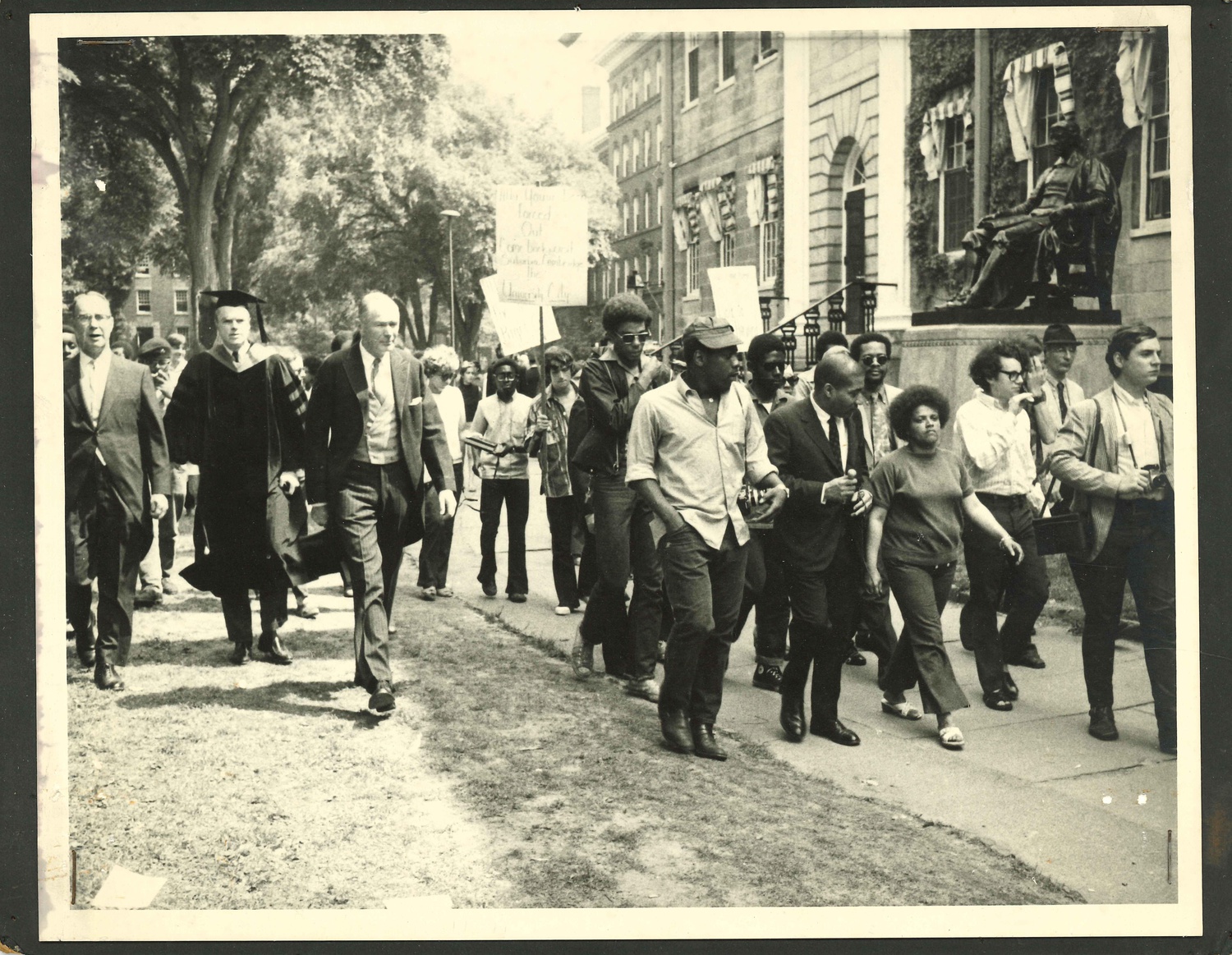
1970: Harvard spent the 1960s buying up land in the historically Black and working-class neighborhood of Riverside, evicting the Black families who lived there to make room for what would become the upperclassman River Houses. One of its planned projects was Treeland, a 22-story graduate student housing complex that would have gentrified the area further. Organizers — longtime Cambridge residents alongside Harvard students — engaged in grassroots resistance, storming the stage during 1970’s commencement. The University caved, canceling the Treeland project and curbing its expansion plans in Cambridge.
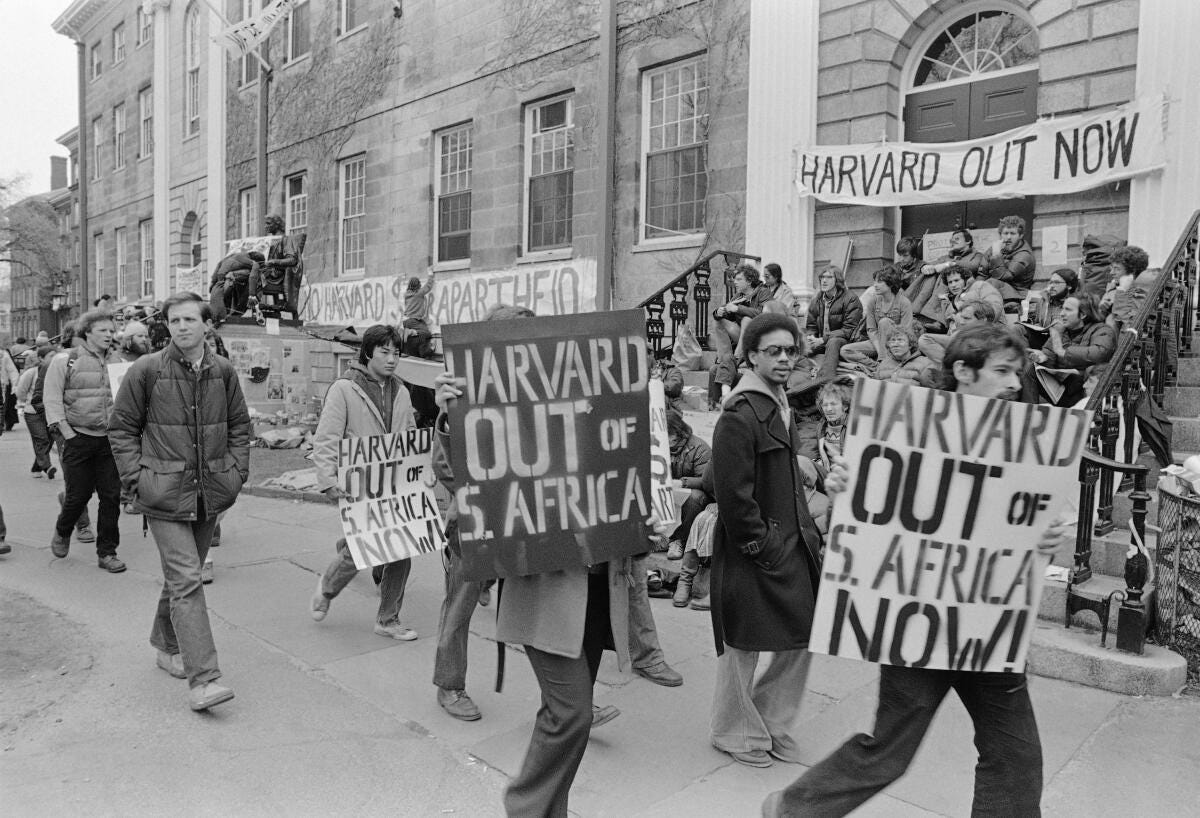
1978: From the 1970s to the early ‘90s, Harvard students targeted the University’s investments in financial institutions with holdings in South African apartheid. Students had formed the South African Solidarity Committee (SASC) to demand divestment. Protestors disrupted Harvard’s 350th anniversary celebration, leading to its cancellation; launched a 19-person week-long hunger strike in 1983; and constructed a makeshift shanty town in front of University Hall, complete with a 16-foot “ivory tower” and a solidarity strike by Harvard University Dining Services workers. By the end of the campaign, the Harvard Corporation agreed to divest nearly $400 million from apartheid South Africa.
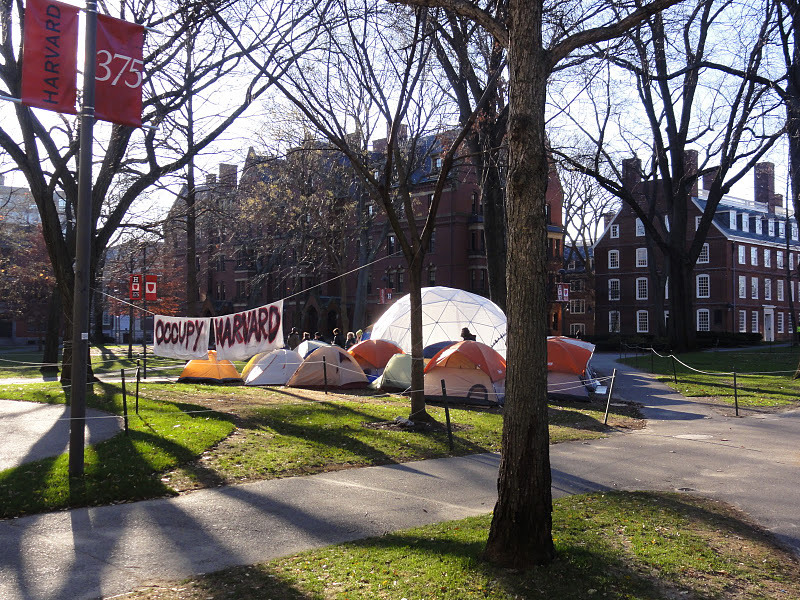
1998: Led by the Progressive Student Labor Movement (now the Student Labor Action Movement, or SLAM), Harvard students began the Living Wage Campaign to demand that Harvard employees be paid a wage of $10 an hour or more — nearly double the $6.50 minimum wage most University workers received. In 2001, after a series of protests, sit-ins, and appeals to the administration, student protestors launched a 21-day occupation of Massachusetts Hall and an encampment in Harvard Yard, supported by hundreds of campus workers. Harvard came to a series of agreements with unions, ultimately raising 95% of employees’ wages to the living standard.

2021: Students in the organizing group Fossil Fuel Divest Harvard (FFDH) pushed for nearly a decade for Harvard to sever its ties to the fossil fuel industry. Protestors disrupted the Harvard-Yale football game in 2019, filed legal complaints against Harvard for its hazardous investments, and staged a week-long hunger strike in 2014 with 160 organizers outside of Annenberg. In 2021, Harvard announced that it would begin divesting from the industry, although there is still ambiguity surrounding the University’s present investments — further highlighting the imperative for endowment disclosure.
